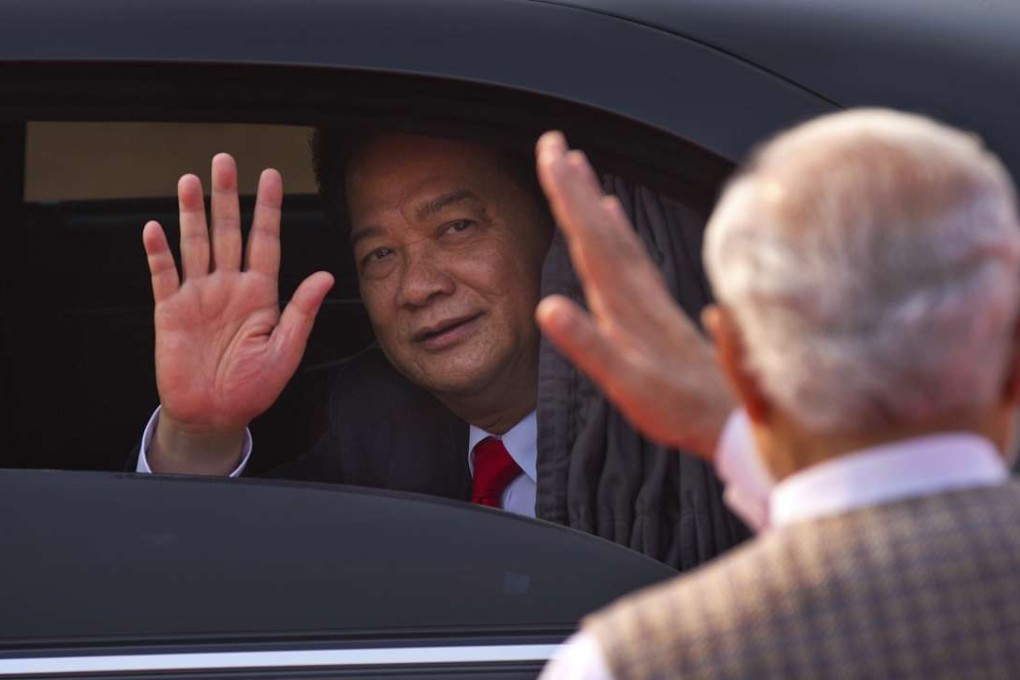Why is India risking Chinese anger by trying to sell missiles to Vietnam?
Beijing does not intend to just ‘sit with arms crossed’ over a proposal that would deepen ties between Delhi and Hanoi

SIGNALLING CLOSER TIES between the two nations, India and Vietnam are discussing the sale of the Akash missile system to the Southeast Asian nation. And China is officially not happy about it.
The fast-evolving relationship between Vietnam and India drew Beijing’s ire this week via the government mouthpiece Global Times, which described the Indian arms sale as “stirring up trouble”, and said China would “hardly sit with its arms crossed”.

In the past, China has barely sniffed at the notion that the relationship between India and Vietnam is any real threat.
Vietnam and India share a friendly history and have been engaged in trade and other forms of cooperation for a decade. But the missile sale, which may be designed to guard against an aggressive China defence, signals just how quickly it is becoming one of the region’s stronger partnerships.
Leaders of communist neighbours China and Vietnam won’t let maritime dispute sour relations
Vietnam’s rationale is simple, according to Murray Hiebert, deputy director of the Southeast Asia programme at the Centre for Strategic and International Studies in Washington.